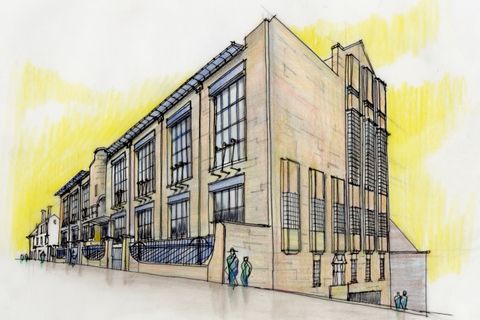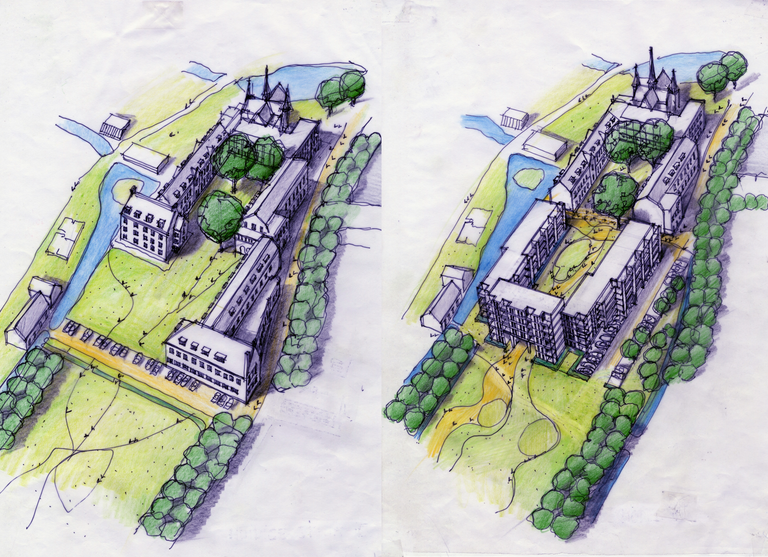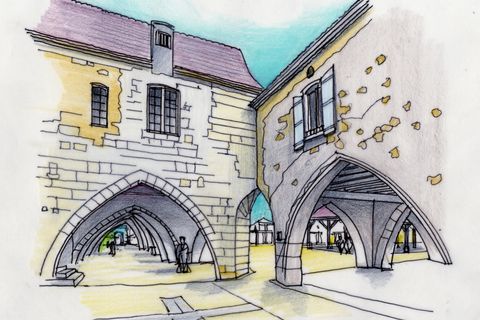It was not until 1840 that monastic life was permitted again, following the repeal of the monastic decree by King William II. After the restoration of the episcopal hierarchy in 1853, Catholics became visible in society again and built their own churches. The number of monastics grew exponentially. They cultivated the land, cared for the sick, elderly, widows, and orphans, taught children and adults to read and write, and prayed multiple times a day. The 19th century saw a new golden age of monastic life, which lasted until about 1960. However, the turbulent 1960s brought significant changes to monasteries. It was a time of cultural upheaval in families, politics, universities, and the church. Young people led protest movements, older generations lost authority, and a sexual revolution was underway. Among religious communities, this era—beginning between 1961 and 1964—brought more freedom, fewer rules, and a deeper focus on personal faith. By the late 1960s, this shift led to confusion and, for some monastics, a crisis of faith and identity. The book Freedom & Confusion (2022), based on the exhibition of the same name at Museum Krona in Uden, provides a detailed account of this period. An increasing number of monastics left the monasteries, and new recruits dwindled—a trend that has continued into the 21st century.












